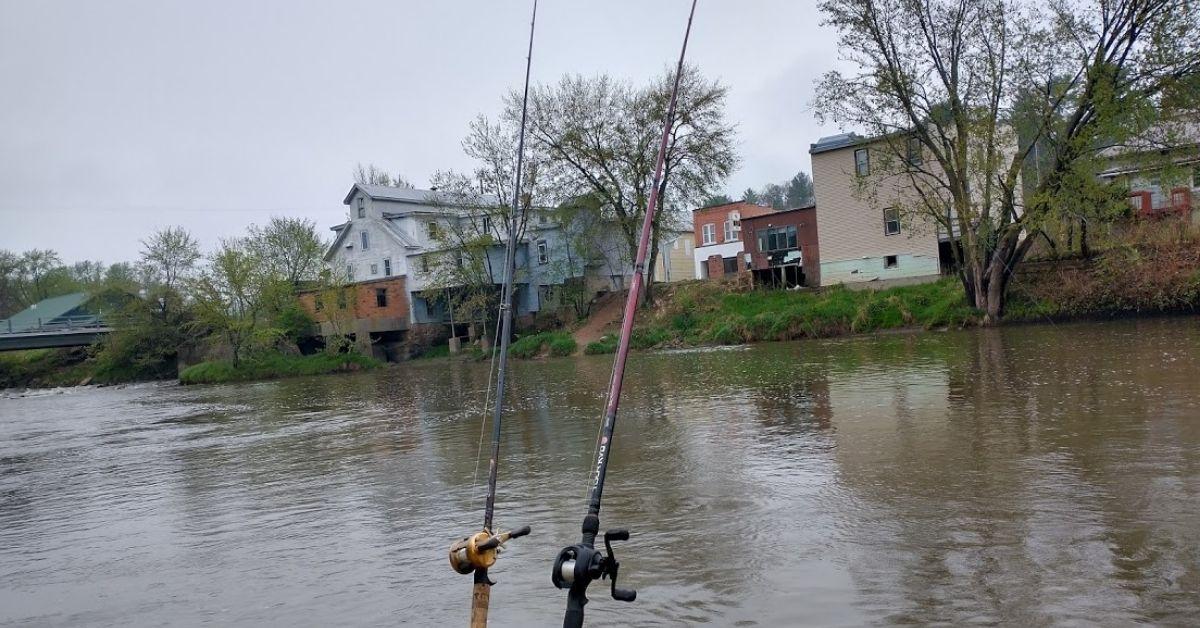Simple Fishing Tips: How To Read The Water To Find More Fish
Showing up to a pond, lake, or river as a beginner, you’ll often ask yourself two questions: Are there fish in there? And if so, where are they? In addition to learning things like casting and rigging, it is important to learn how to “read the water” to find fish. First off, the answer to “are there fish in there?” is usually a yes. Ponds and lakes are usually stocked with fish or home to a self-sustaining population. Rivers and lakes all have some sort of aquatic life you can catch. But, how do you know where the fish are?
Where To Find Fish
The first thing to look for is ripples. If there are ripples or movement along the bank from flickering baitfish there are likely larger fish as well. Looking for movement from small minnows, insects, or larger fish, feeding near the surface are all good signs.
If there’s wind, try to fish the downwind side of the lake. In small ponds, wind can keep the bait concentrated on one side of the water and predators will follow.
Look Out For Cover
You can also try to look for different types of cover: logs, weeds, grass, or anything else fish would use as a hiding spot. Often times fish will hang out around these common types of cover and wait for baitfish to approach. If you can find those spots and imitate those baitfish with your artificial bait, you’ll likely catch some big ones!
River Rigggin'
In rivers, continue looking for cover, but also keep an eye out for pools or eddies. Eddies are areas near rocks or laydowns, such as fallen trees, where the current slows. Eddies or wide open pools are some of the most common places to find trout, smallmouth bass, and other typical river dwelling fish!
Updated June 22nd, 2021 at 5:49 AM CT


